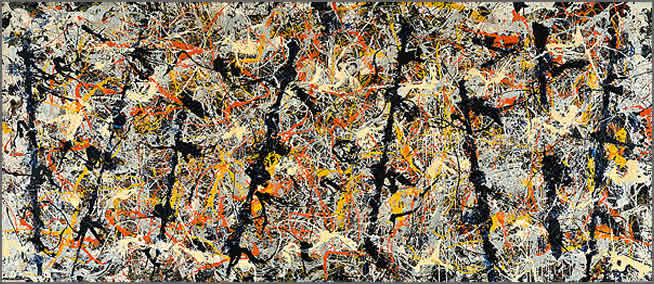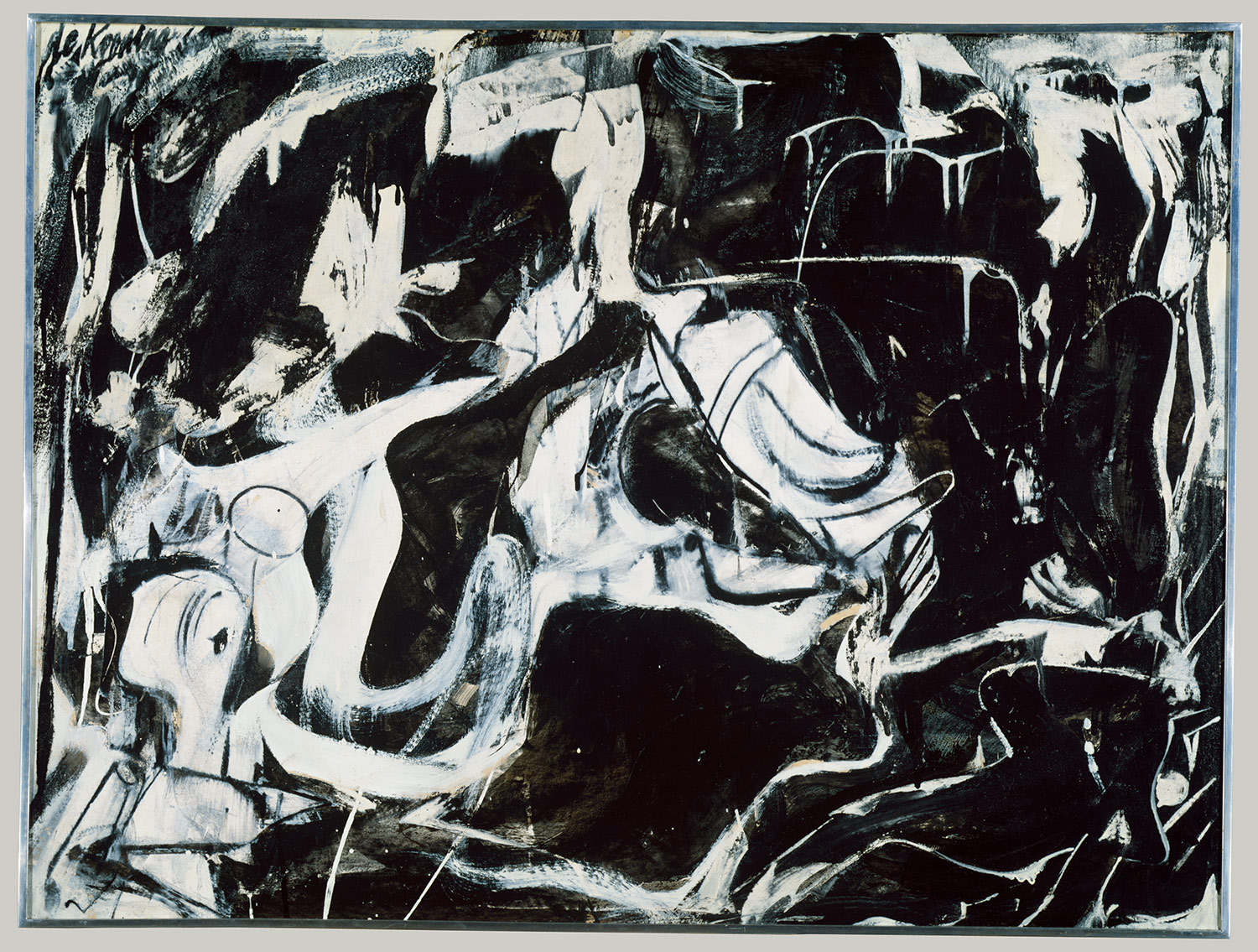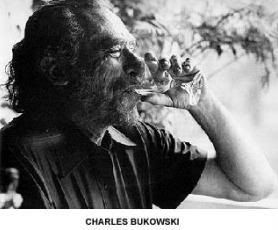
Moreover, during the year of 1940 abstract expressionism began to emerge primarily in New York, where a small group of artists innovatively created a distinctive body of work that brought about a new and revolutionary direction in art, instantly shifting the focus of the art world (Sandler, 1970, Pg 50). Artists exploring this specific style included Jackson Pollock, Mark Rothko, Robert Motherwell and William de Kooning. Most of the artists began their careers during the period of the Great Depression, as well as Hitler’s rise to power and destruction, the Spanish Civil War, the Moscow trials, the Nazi Soviet Non-Aggression Pact and the outbreak of World War II. These political disasters shaped and influenced the perspectives of American artists, in which the 1930’s motivated and encouraged most artists to produce and create work solely in ‘social protest’ or ‘regionalist’ manners. The artists of that time were perceived as ‘rebellious, individualistic, unconventional, sensitive and irritable’ where they came to value the personal and subjective, relying on their own experiences and viewpoints that were intensely felt (Sandler, 1970, Pg 51). From 1942 to 1947, Jackson Pollock explored violent themes which were embodied in tempestuous paintings. He eliminated all recognizable and customary symbols, where he predominantly began to rely on gestures, and the impulsive lines of dripped pigments. With this, Pollock wanted, as he said, to ‘literally be in the painting’, the instant spontaneity which embodied his creative process. Pollock’s paintings possess a dynamic and potent quality that exists within the immediateness of the paint, instantly surging out at the viewer in every way. Pollock’s works are aggressive, tormented, pungent outpourings from the complete involvement of the artist himself, laying the canvases on the floor and allowing the colour to freely trickle and apply itself onto the surface by a thick brush dipped in diluted paint as well as other mechanical and found objects such as tin cans. (Sandler, 1970, Pg 53).
 Pollock soon found other artists who admired and understood the expressive and dramatic qualities of his work. William de Kooning similarly created paintings that revolved around the spontaneity and surge of materials, producing entirely abstract paintings that became a recognized tendency during 1951 – when the ‘Women’ series began. Colour is a potent aspect of these pieces, immediately conveying a great expressive power and aesthetic quality, somehow involving a sense of movement and form of the human figure. However, the images somehow give an uneasy atmosphere, an underlying sinister sense reappearing in each piece (Haftmann, 1970, Pg 35). Moreover, De Kooning incorporates Cubism, fragmenting the human image and improvising with the separate parts of the body. The shapes overlap, collide, and create an overpowering energy that possesses a fierceness or garishness (Sandler, 1970, Pg 59). This dynamism is also evident through de Koonings black and white paintings, which evolved during the 1940’s. He had reduced his palette to only black and white, creating dramatic and stark images that also brought about a sense of power or brutality. With this, de Kooning predominantly used a blackish background overlapped by patches, streaks and gestural lines of white, instantly communicating the force of the brushstrokes and the artists’ intentions. (Sandler, 1970, Pg 60)
Pollock soon found other artists who admired and understood the expressive and dramatic qualities of his work. William de Kooning similarly created paintings that revolved around the spontaneity and surge of materials, producing entirely abstract paintings that became a recognized tendency during 1951 – when the ‘Women’ series began. Colour is a potent aspect of these pieces, immediately conveying a great expressive power and aesthetic quality, somehow involving a sense of movement and form of the human figure. However, the images somehow give an uneasy atmosphere, an underlying sinister sense reappearing in each piece (Haftmann, 1970, Pg 35). Moreover, De Kooning incorporates Cubism, fragmenting the human image and improvising with the separate parts of the body. The shapes overlap, collide, and create an overpowering energy that possesses a fierceness or garishness (Sandler, 1970, Pg 59). This dynamism is also evident through de Koonings black and white paintings, which evolved during the 1940’s. He had reduced his palette to only black and white, creating dramatic and stark images that also brought about a sense of power or brutality. With this, de Kooning predominantly used a blackish background overlapped by patches, streaks and gestural lines of white, instantly communicating the force of the brushstrokes and the artists’ intentions. (Sandler, 1970, Pg 60)

 right, who appear as though they are wearing masks of some sought (Rewald, 2000). During the period of ‘high’ Analytic Cubism (1910-12), Picasso and Braque abstracted their works further, limiting colour to monochromatic browns, greys and blacks (Bar, 1975, Pg 31). With this, they also began to experiment with letters and text, also applying motifs such as the still life with musical instruments, bottles, pitchers, glasses, newspapers, playing cards and the human face and figure; however, landscapes were extremely rare in these works. Braque’s piece Still Life with a Pair of Banderillas, is occupied by basic and fundamental colours of brown, grey and black, as well as the obvious use of short brushstrokes, that seem to create an aesthetic dabbled effect, coinciding with the repetitive use of fine lines that intersect through the entire composition. (Rewald, 2000).
right, who appear as though they are wearing masks of some sought (Rewald, 2000). During the period of ‘high’ Analytic Cubism (1910-12), Picasso and Braque abstracted their works further, limiting colour to monochromatic browns, greys and blacks (Bar, 1975, Pg 31). With this, they also began to experiment with letters and text, also applying motifs such as the still life with musical instruments, bottles, pitchers, glasses, newspapers, playing cards and the human face and figure; however, landscapes were extremely rare in these works. Braque’s piece Still Life with a Pair of Banderillas, is occupied by basic and fundamental colours of brown, grey and black, as well as the obvious use of short brushstrokes, that seem to create an aesthetic dabbled effect, coinciding with the repetitive use of fine lines that intersect through the entire composition. (Rewald, 2000).PABLO PICASSO - "Les demoiselles d'Avignon"

PIET MONDRIAN - "Composition with Red, Yellow and Blue"
In conclusion, the artists intend to speak to the viewer on a deeper level, where a sense of concentration and attention is required to their work. Abstract art does not only contrast to realism and the depiction of obvious objects, but also enables the materials to speak out instead, while also allowing the garish spontaneity and immediacy to surge and evoke a sense of power or vigour. In the context of the canon, abstraction became a recognized tendency during and after the Second World War, in which abstract artists expressed their own perspectives on the social and political disasters that were evident during that period. Many works also poses an aggressive and pungent quality that somehow seems to take aback the viewer in many ways.
Reference List
Books
Bar, A.H.B, 1975, Cubism and Abstract Art, Martin Secker and Warburg Limited, London.
Anfam, D.A, 1994, Abstract Expressionism, Thames and Hudson Ltd, London
Haftmann, W.H, 1970, Abstract Art Since 1945, Thames and Hudson, London
Sandler, I.H.S, 1970, Abstract Art Since 1945, Thames and Hudson, London
Mercer, K.M, 2006, Discrepant Abstraction, Institute of International Visual Arts, London
Internet
The Metropolitan Museum of Art, Date Viewed – 12th June,
http://www.metmuseum.org/TOAH/HD/cube/hd_cube.htm











Oh wow I love everything in this post, I'm so glade that I have finally found a art blog for once.. Oh I'm studying art as well.. such a great experience. =)
ReplyDeletexx